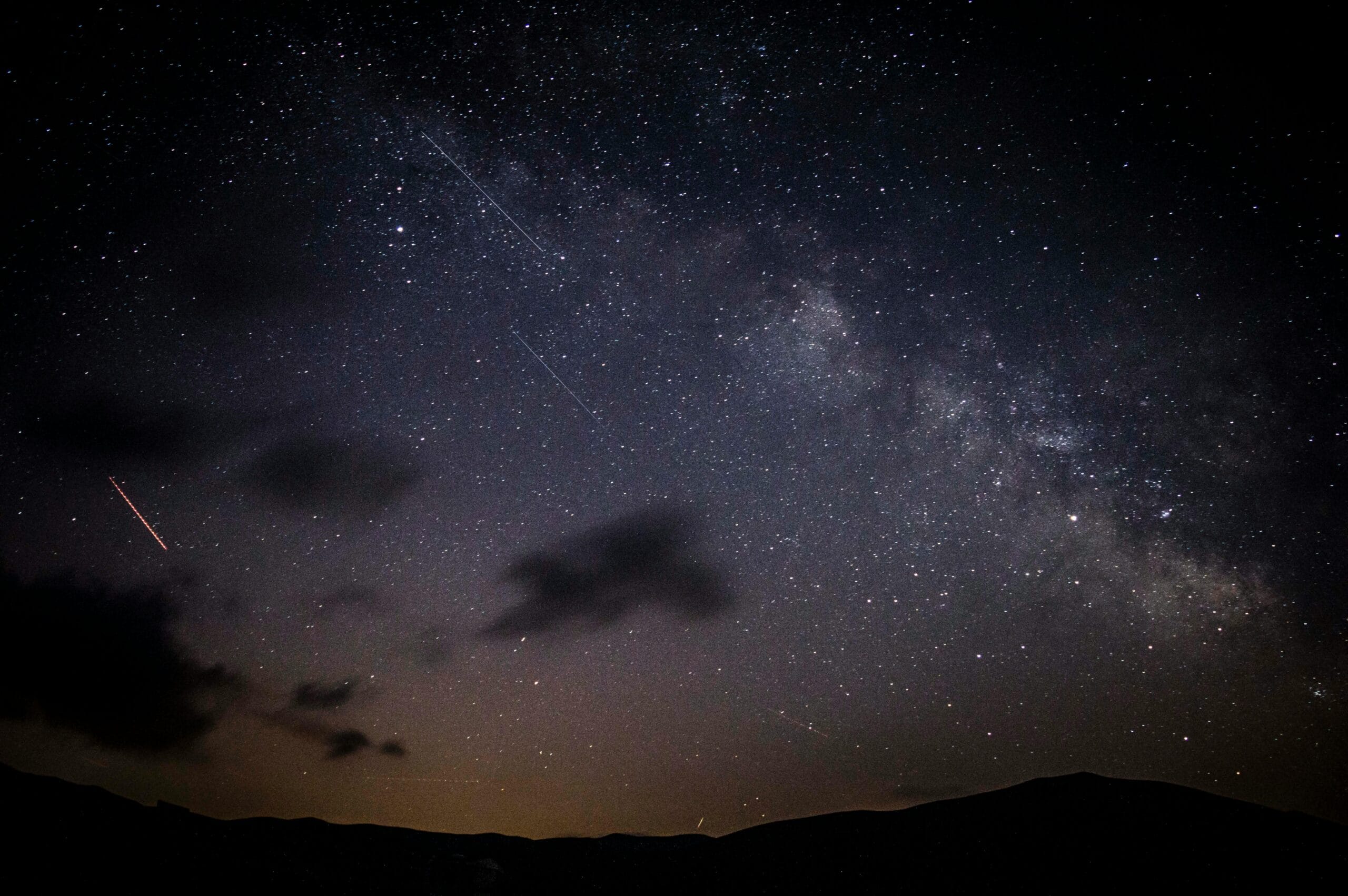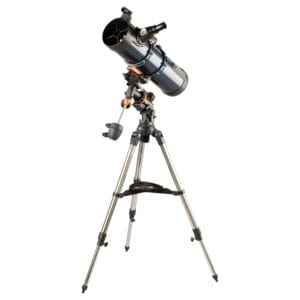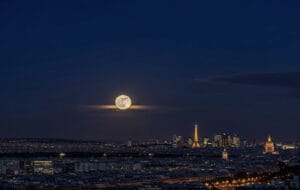May 2025 brings one of the year’s most beautiful meteor showers: the Eta Aquarids 2025. This annual meteor shower offers stargazers a magnificent spectacle. In this guide, you’ll discover the best viewing times, why these meteors are so special, and how to prepare optimally.

What are the Eta Aquarids?
The Eta Aquarids are an annual meteor shower that occurs when Earth passes through debris left behind by Halley “’s Comet”.
Although Halley’s Comet won’t be visible again until 2061, small dust particles from previous passages remain in Earth’s orbit each year around the same time. When these particles enter the atmosphere, they burn up and create the fast, bright streaks of light we know as meteors.
The Eta Aquarids are known for:
- High velocity: approximately 65.4 km/s (40.7 miles per second).
- Glowing trains: bright trails that can remain visible for several seconds to minutes.
- Brightness and speed: many meteors are notably bright and fast-moving.
When is the Peak in 2025?
The peak of the Eta Aquarids occurs on the night of May 5-6, 2025.
During this night, under ideal conditions, you can expect:
- Southern Hemisphere: up to 50 meteors per hour.
- Northern Hemisphere: approximately 10 meteors per hour.
In the Northern Hemisphere, the Eta Aquarids often appear as Earthgrazers: long, slow meteors that seem to skim along the horizon — a spectacular sight.
Best time to watch:
- Between 3:00 AM and 5:00 AM local time, just before sunrise.
- Viewing direction: towards the east.
Why is the South Better for Viewing the Eta Aquarids?
The radiant — the point in the sky where the meteors appear to originate — is located in the constellation Aquarius, near the star Eta Aquarii.
In the Southern Hemisphere, Aquarius appears higher in the sky, making many more meteors visible.
In the Northern Hemisphere, the radiant sits low above the horizon, resulting in fewer meteors per hour, but the Earthgrazers are often more spectacular.
Viewing Tips for the Eta Aquarids 2025
To maximize your meteor shower experience:
- Find a dark location: away from city lights.
- Use a sleeping bag or reclining chair: so you can comfortably watch the sky.
- Let your eyes adjust: take at least 30 minutes to adapt to the darkness.
- Avoid screen use: light from phones or tablets impairs your night vision.
- Look broadly: don’t just focus on the radiant, but take in as much of the sky as possible.
- Feet towards the east: so you naturally face the direction of most meteors.
You can see everything with the naked eye; telescopes or binoculars aren’t necessary.
Want to take impressive photos of the night sky at the same time? Then a smart telescope like the Seestar S50 is an excellent option.
Check out the Seestar S50 smart telescope here.
The Origin: Halley’s Comet
The Eta Aquarids originate from dust and debris left behind by comet 1P/Halley.
Each time Halley approaches the Sun, the comet loses small particles that spread along its orbit. When Earth crosses this orbit, a meteor shower occurs.
Important facts about Halley’s Comet:
- Orbital period: approximately 76 years.
- Last visible passage: 1986.
- Next passage: 2061.
- Dimensions: approximately 16 × 8 × 8 kilometers.
- Reflectivity (albedo): extremely low (0.03) — Halley is one of the darkest objects in the solar system.
- Historical observations: Halley has been observed thousands of years ago and is even depicted in the Bayeux Tapestry (1066).
Halley’s Comet not only causes the Eta Aquarids but also the Orionids in October. A blog post about this will follow.
Where Do Meteors Come from?
Meteors are small particles originating from comets or asteroids. When these fragments enter the atmosphere, they burn up due to friction and produce streaks of light.
In the case of the Eta Aquarids, these particles are the dust and debris that Halley’s Comet has left behind during its journeys through the inner solar system.
Conclusion: a Cosmic Spectacle You Won’t Want to Miss
The Eta Aquarids 2025 provide a perfect opportunity to experience the dynamics of our solar system firsthand.
Whether you see 50 meteors per hour in the Southern Hemisphere or enjoy impressive Earthgrazers in the North — this is one of the most beautiful moments of the year for night sky enthusiasts.
So grab your sleeping bag, find a dark spot, and experience this celestial light show!








